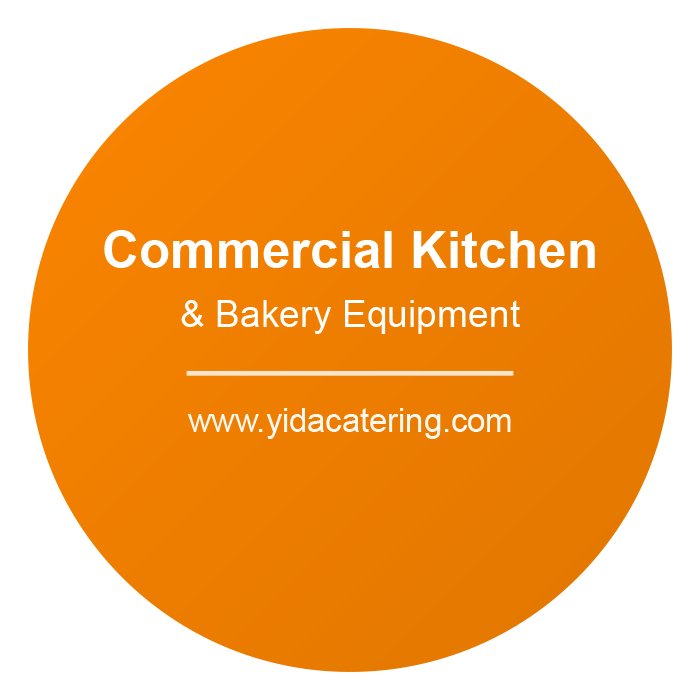Professional Commercial Soft Serve Ice Cream Machine
High-Performance Equipment Engineered for Restaurants, Cafes, and Food Service Operations
Are You Struggling with These Common Challenges?
Running a busy food service operation often means facing peak-hour rushes where demand exceeds supply. Your customers expect consistent quality, but inconsistent equipment performance can lead to frustrated staff and disappointed patrons.
Limited space, high operational costs, and the need for specialized training can make expanding your frozen dessert offerings seem overwhelming. What if there was a solution designed specifically to address these pain points?
What Is a Commercial Soft Serve Ice Cream Machine?
A commercial soft serve ice cream machine is a specialized piece of food service equipment designed to produce smooth, creamy frozen desserts with consistent texture and temperature. Unlike traditional freezing methods, these machines utilize advanced refrigeration technology and continuous mixing mechanisms to create the signature soft-serve consistency that customers love.
How It Works
Step 1 – Mixture Input: Liquid ice cream base is poured into the hopper, where it is stored at optimal pre-cooling temperatures to maintain freshness and food safety standards.
Step 2 – Freezing Process: The mixture flows into the freezing cylinder, where a powerful refrigeration system rapidly reduces the temperature while a rotating dasher continuously agitates the mixture.
Step 3 – Texture Development: The constant mixing action incorporates air (overrun) and prevents ice crystal formation, creating the smooth, creamy texture characteristic of premium soft serve.
Step 4 – Dispensing: With a simple pull of the lever or press of a button, perfectly textured soft serve is dispensed directly into cones or cups, ready to serve immediately.
Modern commercial units typically feature multiple hoppers and freezing cylinders, allowing operators to offer various flavors simultaneously, including a twist option that combines two flavors. The equipment is generally constructed from food-grade stainless steel for durability and ease of sanitation.
Who Benefits from This Equipment?
Commercial soft serve machines are designed to meet the demanding needs of various food service operations. This equipment is particularly well-suited for:
🍽️ Restaurants & Diners
Full-service restaurants looking to expand dessert menus with high-margin frozen treats that complement their existing offerings.
☕ Cafes & Coffee Shops
Establishments seeking to diversify beverage programs with frozen coffee drinks, affogatos, and seasonal specialty items.
🍰 Dessert Parlors & Bakeries
Specialized dessert businesses that require reliable equipment capable of handling high-volume production during peak seasons.
🚚 Food Trucks & Mobile Vendors
Mobile operations that need compact, efficient equipment capable of performing in varied environmental conditions.
🎬 Entertainment Venues
Theaters, amusement parks, and stadiums requiring rapid service capabilities to accommodate large crowds efficiently.
🏫 Institutional Food Service
Schools, hospitals, and corporate cafeterias aiming to enhance their dessert programs with appealing, portion-controlled options.
Core Advantages for Your Business
High-Capacity Production
Commercial-grade compressors and freezing cylinders are designed to maintain consistent output even during extended peak periods. This capability typically helps reduce customer wait times and supports higher transaction volumes, which can contribute to improved revenue potential during busy service hours.
Consistent Quality Output
Automated temperature control and mixing mechanisms work to deliver uniform texture and flavor profile with each serving. This consistency tends to minimize product waste from quality issues and helps maintain customer satisfaction through reliable product standards across all service periods.
Simplified Operation
Intuitive controls and straightforward dispensing mechanisms are designed to reduce training requirements for new staff members. The simplified operation typically allows for faster onboarding and can help minimize labor costs while maintaining service quality standards across different shifts and team members.
Operational Efficiency
Stainless steel construction and accessible component design facilitate routine cleaning and maintenance procedures. Energy-efficient refrigeration systems are engineered to optimize power consumption, which may help reduce utility expenses while the durable construction aims to extend equipment lifespan and minimize replacement costs.
Purchasing Considerations Checklist
When evaluating commercial soft serve equipment for your operation, consider these key factors to help ensure the selected unit aligns with your business requirements:
Production Capacity:
Assess your typical and peak-hour serving volumes to select equipment with adequate hourly output ratings that can support your business demands.
Flavor Options:
Determine whether a single-flavor, dual-flavor, or three-flavor configuration best matches your menu strategy and customer preferences.
Footprint & Installation:
Measure available counter or floor space, and verify electrical requirements (voltage, amperage, phase) match your facility infrastructure.
Cooling System Type:
Choose between air-cooled and water-cooled models based on your ambient temperature conditions and water availability/costs.
Hopper Capacity:
Larger hopper volumes reduce refill frequency during busy periods, but consider refrigeration capabilities to maintain mixture quality.
Control Interface:
Evaluate whether digital or mechanical controls better suit your staff’s technical comfort level and your operational monitoring needs.
Cleaning & Maintenance:
Review disassembly procedures for daily cleaning, and inquire about recommended maintenance schedules and parts availability.
Construction Materials:
Food-grade stainless steel components typically offer better durability and sanitation compared to plastic alternatives in commercial environments.
Warranty & Support:
Compare warranty terms for compressor, parts, and labor, and verify that technical support and service networks are accessible in your region.
Compliance Standards:
Confirm the equipment meets relevant food safety and electrical standards applicable to your jurisdiction and operation type.
Total Cost of Ownership:
Beyond initial purchase price, factor in installation costs, energy consumption, maintenance expenses, and expected operational lifespan.
Supplier Reputation:
Research supplier track record, customer reviews, and their ability to provide ongoing technical assistance and replacement parts.
Ready to Enhance Your Frozen Dessert Program?
Explore our commercial soft serve equipment solutions or connect with our team to discuss your specific operational requirements.

